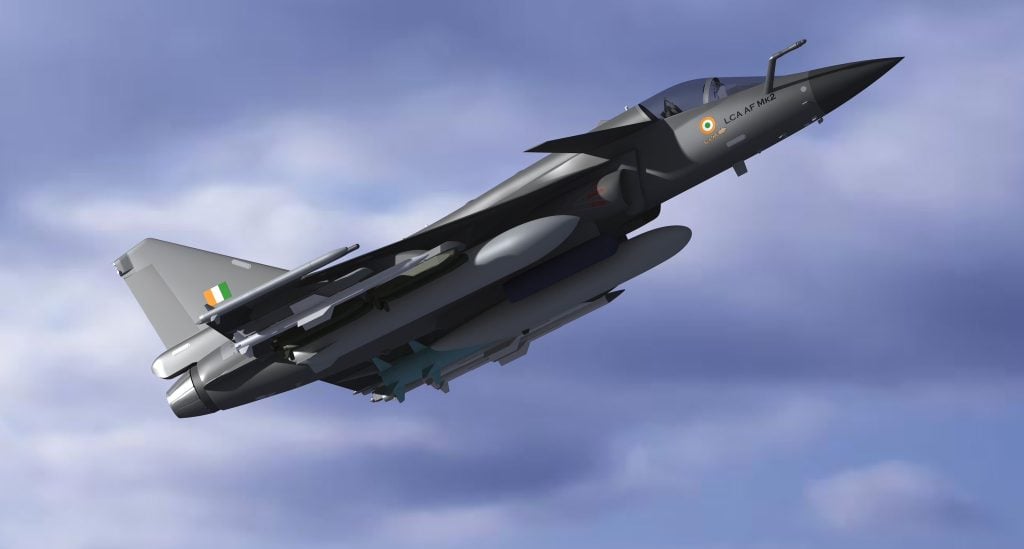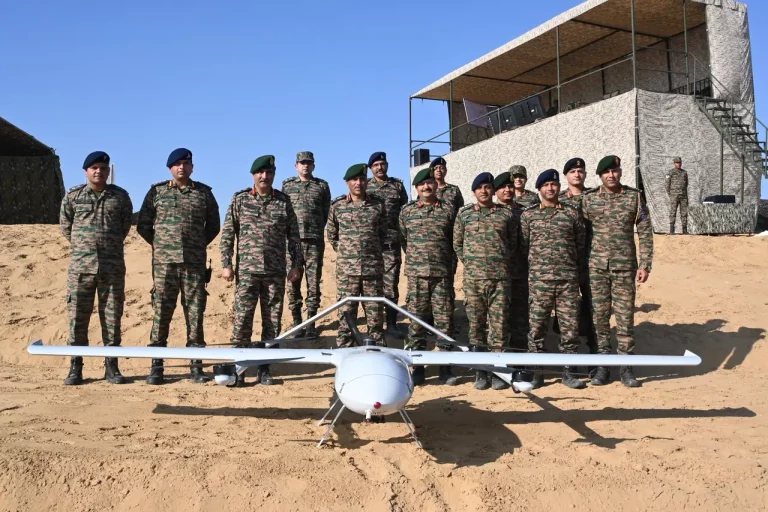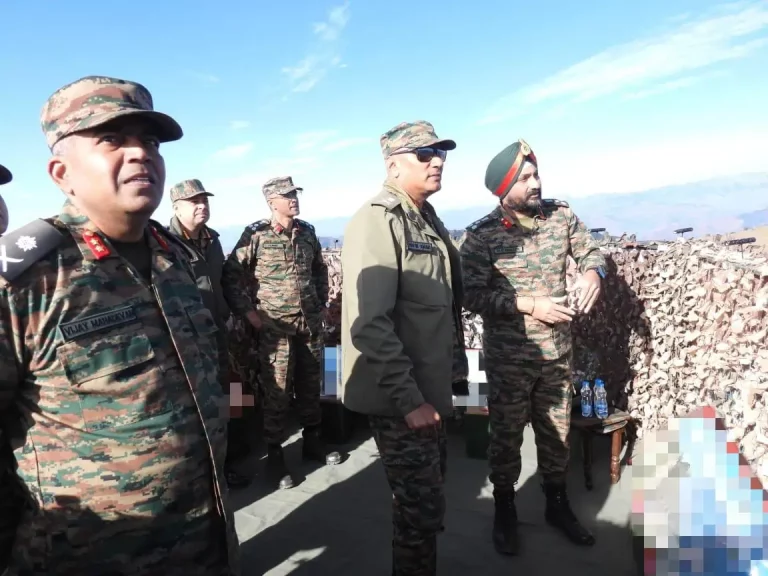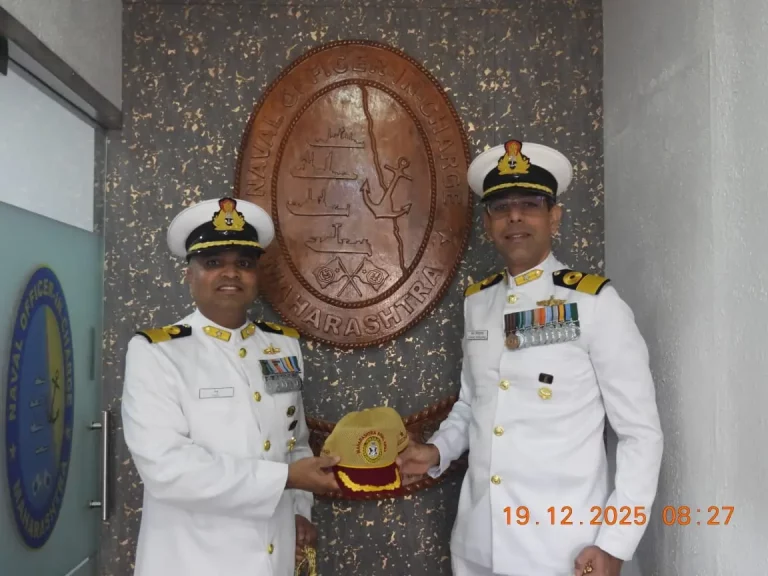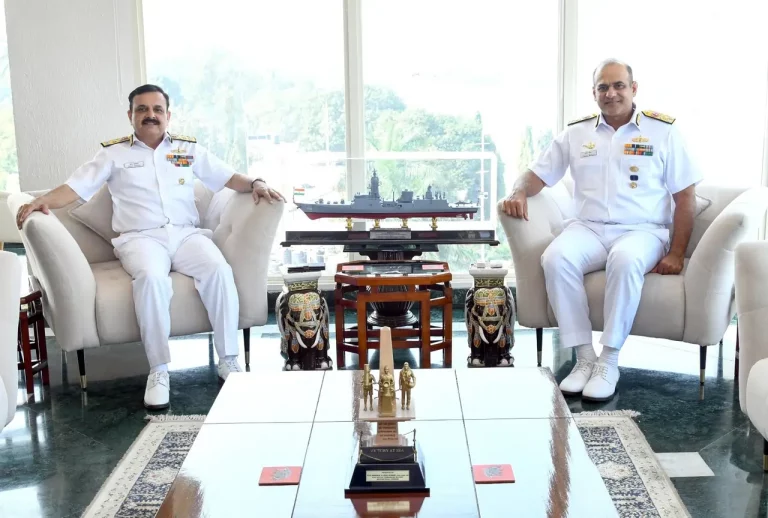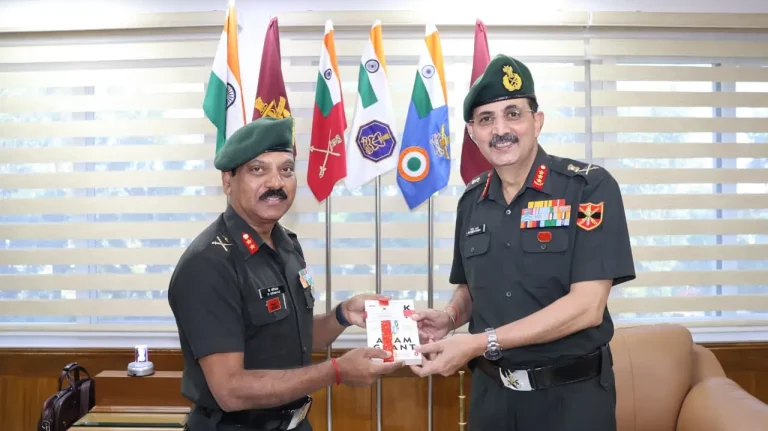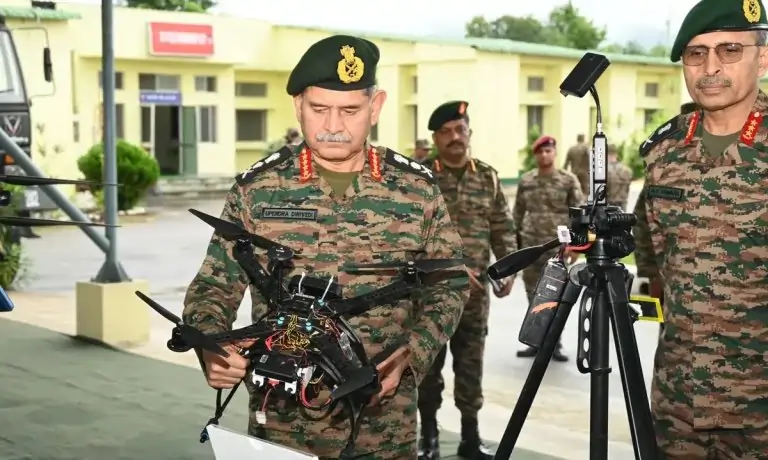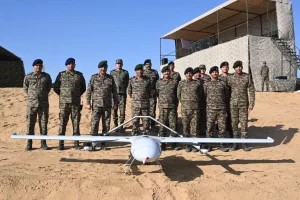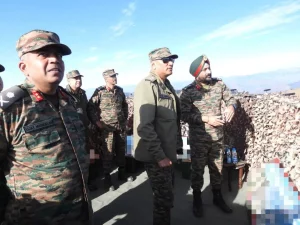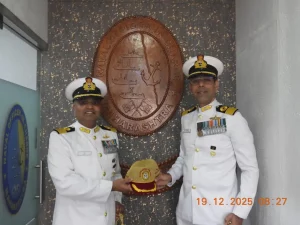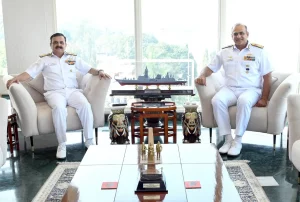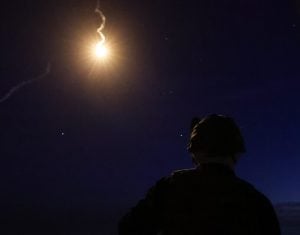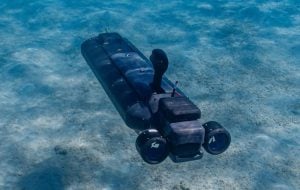In a bold statement reflecting India’s growing ambitions in aerospace, a senior scientist from the Defence Research and Development Organisation (DRDO) has asserted that the HAL Tejas Mk-2 fighter jet will be on par with, if not superior to, the capabilities of the French Rafale combat aircraft. Speaking at a defence symposium in Bengaluru, Dr. Ravi Shankar S.R. emphasized several key aspects of the Tejas Mk-2 that could make it a transformative addition to the Indian Air Force (IAF).
The Tejas Mk-2 is being developed as a multirole 4.5-generation fighter intended to replace the older Jaguar and Mirage 2000 platforms currently in service. This upgraded version builds upon the Tejas Mk-1A and boasts a larger airframe, an increased payload capacity of 6,500 kg, and an impressive combat range of 2,500 km when utilizing external fuel tanks. The aircraft is powered by the General Electric F414-INS6 engine, which delivers a thrust of 98 kN.
Among the notable advancements are an indigenous Active Electronically Scanned Array (AESA) radar, developed by DRDO’s LRDE, capable of identifying fighter-sized targets from distances of up to 200 km—potentially outmatching the Thales RBE2 radar of the Rafale. Additionally, the Tejas Mk-2 is equipped with an advanced electronic warfare suite from DEAL, which includes digital radar warning receivers, jammers, and an infrared search-and-track (IRST) system.
The aircraft’s compatibility with indigenous missiles, such as the Astra Mk-2 with a range of 150–200 km and the BrahMos-NG cruise missile, is another advantage. These systems could provide strike capabilities comparable to the capabilities offered by the Rafale’s Meteor and SCALP munitions, but with considerably lower costs and enhanced local logistical support.
Agility is anticipated to be another strength of the Mk-2. With its delta-wing design and a lighter weight of 13.5 tons—compared to the Rafale’s 15.3 tons—the aircraft is expected to offer improved maneuverability. The focus on indigenous production promises faster turnaround times and reduced maintenance delays, contrasting with challenges that sometimes impact the Rafale fleet due to its reliance on French original equipment manufacturers.
However, the path forward is not devoid of obstacles. The Tejas Mk-2’s first flight, initially scheduled for 2023, has been postponed to late 2026 due to engine certification and supply chain issues tied to the GE F414 engine. Full operational induction into the IAF is not anticipated until 2031. The Rafale, on the other hand, has already demonstrated its operational capabilities, with 36 units in service that include India-specific enhancements such as the Hammer missile and advanced electronic warfare systems.
Despite these setbacks, analysts suggest that if DRDO can fulfill its objectives, the Tejas Mk-2 could present a cost-effective and sovereign alternative to foreign fighter jets. Its compatibility with India’s ‘Atmanirbhar Bharat’ initiative, along with its ability to integrate with unmanned platforms like HAL’s CATS and decrease reliance on global supply chains, could provide it with a long-term strategic advantage in both regional and networked warfare frameworks.
